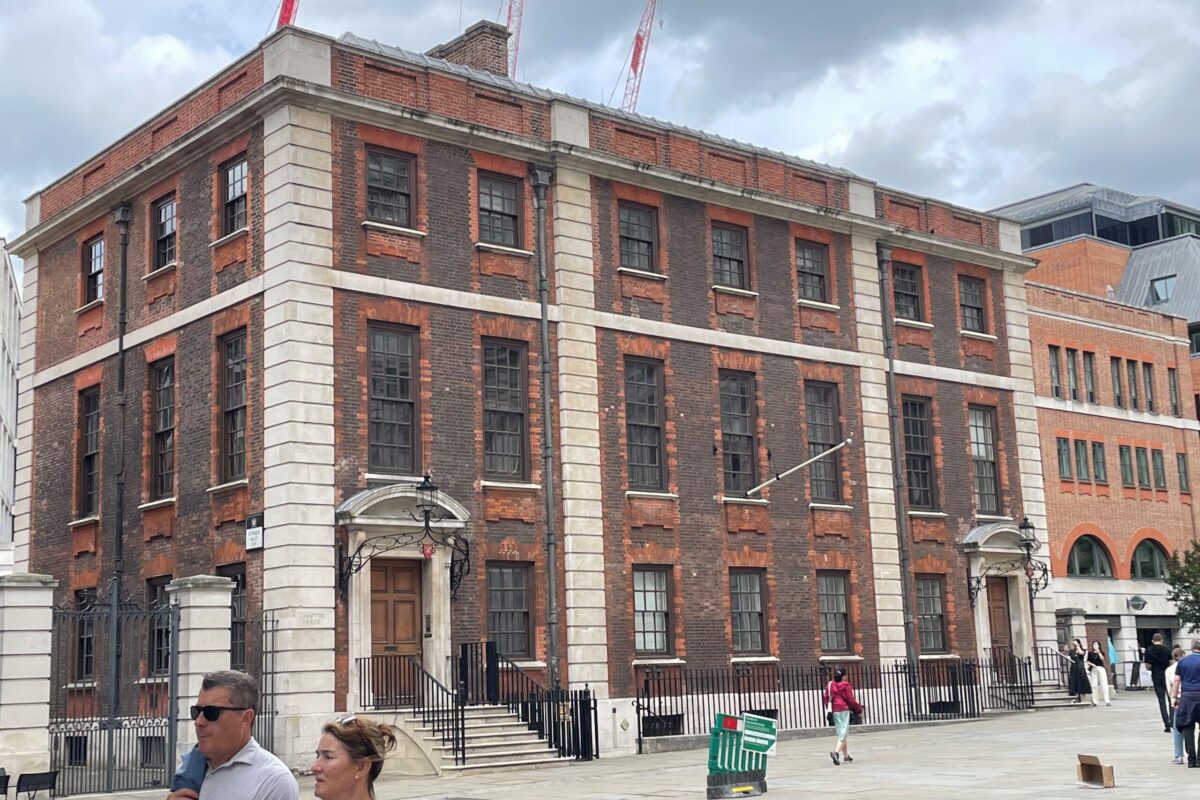The Church of England has set a target for the whole church of reducing its carbon emissions from its buildings to Net Zero by 2030.
Climate Action Projects in the Diocese of London aim to contribute to this target. These can range from simple actions like switching to LED lightbulbs, to capital works like the installation of solar panels. We’d love to hear about and share climate action projects – large or small – from churches around the diocese. Get in touch by emailing emma.brooker@london.anglican.org
Here, Martin Fletcher, Clerk of the Works at St Paul’s Cathedral shares the story of a large transformative project: the remodelling and installation of a ground source heat pump at the Cathedral’s Georgian Chapter House.
A ground source heat pump transfers heat from the ground to radiators, air conditioning units or underfloor heating. Thermal transfer fluid (a mixture of water and antifreeze) flows around a loop of pipe bored deep into the ground. Ground-heat is absorbed into the fluid, which is then returned to the building. Although heat pumps need electricity to operate, tapping into the energy stored underground allows them to be more efficient and environmentally friendly than more traditional heating and cooling systems. In winter, a heat pump can warm a building as effectively as an electric heater, but only requires a quarter of the power. In the summer the system can be used for cooling.
